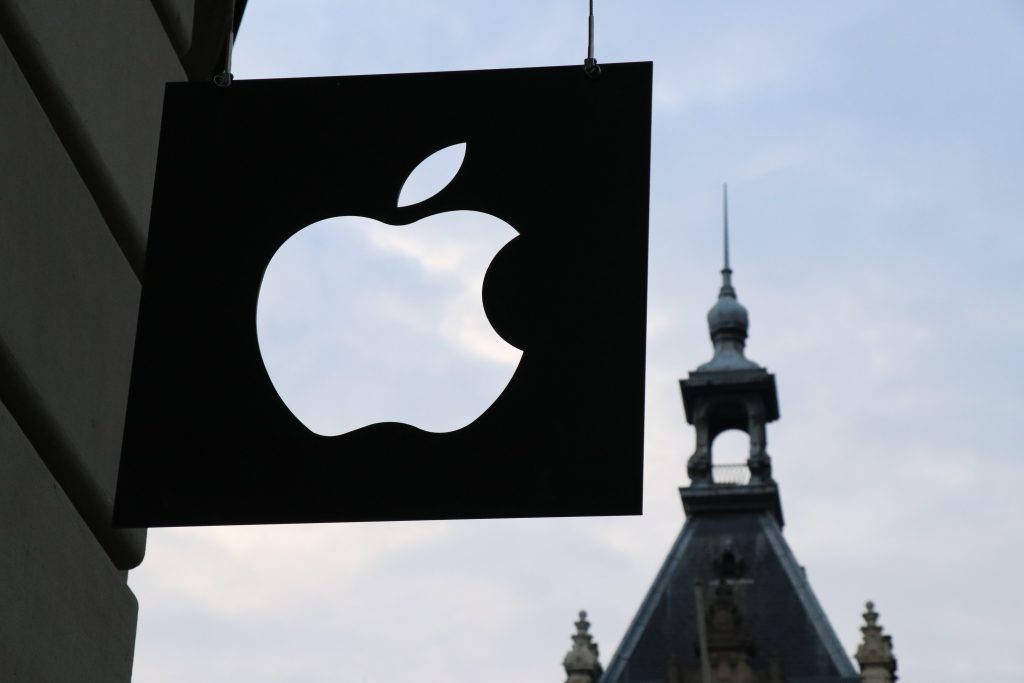Apple has been venturing into the financial services space for years, encroaching on traditional banks and financial institutions with its suite of financial products. The tech giant’s ambitions continued to expand earlier this year when it launched a Savings account attached to Apple Card.
In a recent Javelin Strategy & Research report, “Apple Savings and the Emerging Personal Payment Stack,” Christopher Miller, Lead Analyst of Emerging Payments at Javelin Strategy & Research, delves into Apple’s financial services efforts and how the launch of Savings may position the company to offer a full personal payment stack service.
How Apple is Driving Engagement and Device Sales
Over time, Apple has added a range of financial services to its products—Apple Wallet, Apple Pay, Apple Card, Apple Pay Later, and Apple Savings. Out of its expanded suite of products, Apple Pay is one of the most impactful services, as it’s the channel through which many people use their financial instruments.
“Apple Pay is the wedge,” Miller said. “If you use Apple Pay, then you have added your different payment options to the wallet, and you can use your Apple devices to pay with those cards. That puts Apple at the front of the consumer payment experience.”
Apple Pay serves as an exclusive option available only to Apple device users. This exclusivity is reinforced by Apple’s control over the NFC chip, which limits payment options to Apple Pay. The company’s focus is on selling this payment capability rather than the underlying financial products, positioning it as a customer acquisition tool.
Once customers are onboarded into Apple Wallet, they can view and sign up for Apple’s other financial offerings. In the future, Apple may expand its wallet services to include additional products, including checking accounts or brokerage accounts, creating a unified financial ecosystem.
Another potential move may be to create its own bank—given the vast advancements Apple has made in the space so far—but don’t expect that anytime soon.
“Setting up its own bank is not a likely or immediate option for Apple,” Miller said. “It’s a complex and time-consuming process that requires regulatory approval, which could take several years.”
“Becoming a bank comes with financial risks and management responsibilities that may not be worth it for Apple. It is more beneficial for them to partner with existing financial institutions,” he said.
While it’s conceivable that Apple could become a payment processor or disrupt the existing infrastructure, it currently relies on partnerships with banks and card networks.
“Making significant changes would be a generational shift and not something that can happen quickly,” Miller said. “Ultimately, the question arises as to why Apple would need to disrupt the infrastructure when they can leverage their current position and partnerships to achieve their goals.”
New Dog, Old Tricks
In the world of finance, customer acquisition is now often done by non-financial companies, leveraging their brand and customer base. But that’s nothing new—just look at the affinity card market that has a long history with brands such as airlines, colleges, and sports teams.
Apple is doing something similar: affinity marketing.
“As a fan of Apple, you may be inclined to choose the bank account they offer because it works seamlessly with the Apple Wallet and has an Apple logo on it,” Miller said. “But this strategy relies on people continuing to adopt Apple devices and services. If preferences shift and younger generations no longer see Apple as cool, it could impact their ongoing relationship and customer base.”
No company’s position is unassailable as market dynamics and preferences can change. Facebook, for example, lost popularity among younger generations who perceived it as outdated and a platform solely for older generations. While Apple holds a powerful position now, it’s not guaranteed to last forever and is contingent on capturing the attention and loyalty of the younger demographic.
“There is a question as to whether Apple is resonating with the youngest generations as much as it did with millennials,” Miller said. “While Apple is popular among older age groups, millennials were the ones who fully embraced Apple’s products when they were in their prime. However, the adoption rates among younger generations are not following the same trajectory. It’s not yet conclusive, but it’s an interesting trend to watch.”

